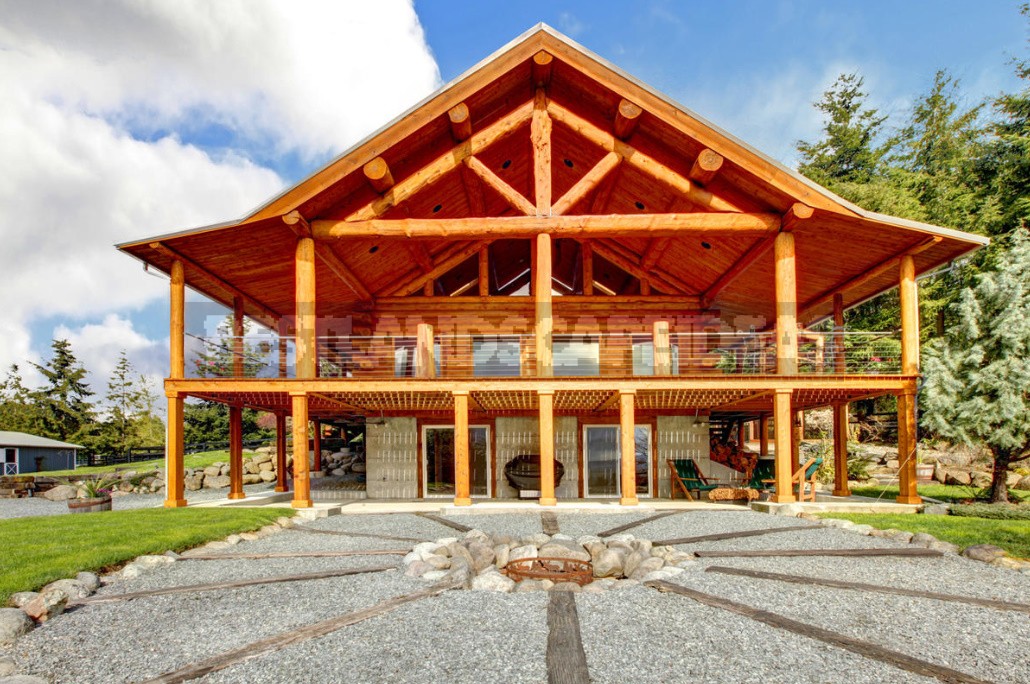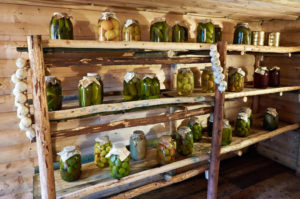
So that construction and technical problems discovered after buying a house do not poison the joy of existence, it is better to identify them in advance.
As a construction expert, I am often asked for help when buying a house, and one of the first questions is: how long will it take to inspect the house? I say two or three hours at most. Most people are puzzled by this answer: how can you assess the quality of a residential building in such a short time? Then they ask about the instrumental survey, digging up foundations, etc. I answer: all the main problems with the quality of building a house are identified visually without carrying out an instrumental survey. If during the inspection there are suspicions of a construction marriage — it is better not to buy a house. But let’s start in order.
Bad and good
I divide all sold houses into three categories based on their serviceability:
- “Good” houses that are ready to move in or continue construction;
- Houses with disadvantages that can be eliminated at no great cost;
- “Bad” houses that can’t be bought because of massive irreplaceable defects (it’s easier to demolish and build a new one).
“Good” homes that I immediately recommend buying are quite rare. “Bad”, unfortunately, are much more common, and they should be avoided. The largest number of homes sold is in the middle category. They require repair, but the time and cost can be determined and estimated based on the results of the inspection. Usually, within two or three days, an estimate for repairs is made, which is a reasonable subject of bargaining when purchasing. Typically, these homes are bought, and buyers and sellers are happy with the transaction.
Degree of readiness
According to the degree of readiness, houses are divided into:
- ready to move in (possibly with ongoing cosmetic repairs) with a service life of more than one year;
- built for sale that haven’t been lived in yet;
- those that are under construction.
The optimal category is homes with a service life of more than one year. We can say about them that they have been “run-in”, checked in operation. The maximum of defects and shortcomings have already appeared, the house has given the maximum natural precipitation, at which cracks and deformations can occur.
Do not be afraid of cosmetic repairs, especially since it is better to finish the house to your taste.
Built for sale
Fresh homes impress with their newness and lack of traces of other people’s habitation, but they conceal hidden defects that are invisible under the finishing coatings and materials. And again, the house will give the inevitable draft, which will test the strength of new structures. Unfortunately, during precipitation, cracks in the walls very often occur. Some of them are allowed by the width of the opening. Such cracks are eliminated during the current repair with the replacement of finishing coatings.
Separately about houses built for sale. Here you need to be very careful and careful, because behind the beautiful decoration of walls, floors and ceilings, there may be economical structures that conceal a lot of hidden defects-from insufficient reinforcement of iron-concrete monolithic structures to empty joints of brickwork. This will lead to permanent cracking of the enclosing structures, which can no longer be hidden by the repair of finishing coatings.
When buying a newly built house, you need to ask for project and Executive documentation. If the seller does not have it, it is better to immediately refuse to buy. It seems that the builders and the seller in this case saved on everything, even on the development of the project and on the execution of Executive documentation.
Incomplete
With unfinished houses, you also need to be extremely careful. These homes attract a low price, but it always says something bad about the house being sold. Again, ask the seller for project and Executive documentation.

If you do not have it, but you really want to buy a house, conduct a construction and technical expertise. Based on its results, you will be able to make a reasonable decision. Perhaps the unfinished house will have to be dismantled because it is impossible to continue construction.
Three inspection rules
1. The First rule: concerning the purchase of the house approach soberly and effortlessly. In the real estate market, the supply of houses is huge and there is a real choice.
2. The Second rule: ask the seller for the design and execution documentation (preferably in electronic form) before the inspection and study it before the inspection: get acquainted with the layout, wall and structural materials, the location of utilities, etc.
3. The Third rule: take a camera, a flashlight, a tape measure, a metal ruler, binoculars, a thermometer, and a hammer for inspection. Inspect only during the day in natural light. Warn the seller that you want to inspect all residential and technical premises, including the attic and underground. With good construction quality, all rooms should have normal access. Aim yourself at identifying defects and deficiencies that will need to be evaluated and weighed for decision-making after inspection.




Leave a Reply